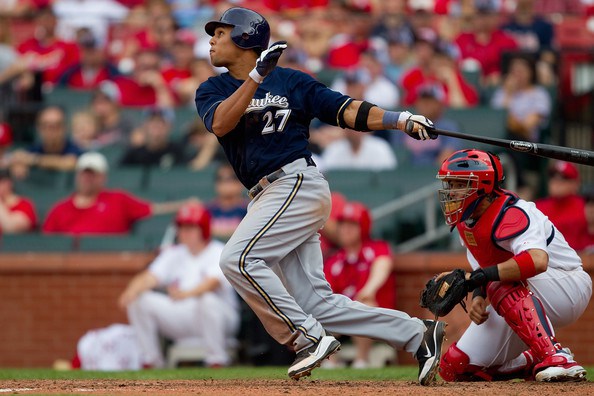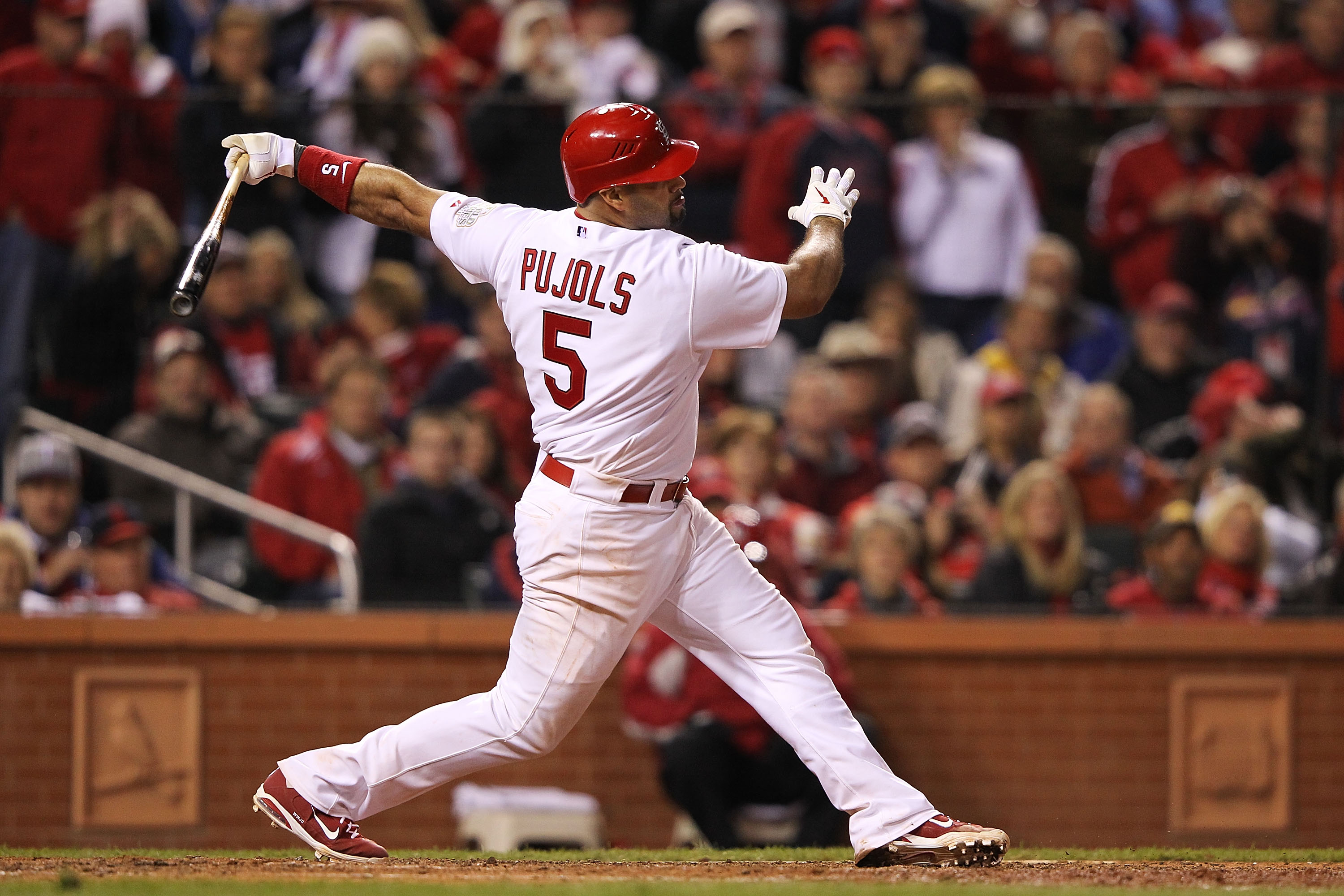Batting order matters a lot in fantasy baseball. We know this already; it’s MLB DFS 101. However, there’s always so much context to every statistic – is there a time when batting order doesn’t matter? Is a guy hitting 4th on a bad team with a lower run total better than a guy hitting 8th on a good team with a higher run total?
Thanks to our Trends tool, we can look up the historical Plus/Minus of each batting order spot at every Vegas projected run total. Just because of sample size, I restricted the Vegas runs to between 3.0 and 5.0 runs – at the very end of this article, I’ll throw caution to the wind and give you the chart of 2.5 to 5.5, even if there aren’t a ton of instances of team being that high or low.
Anyway, here’s the first one:

This chart looks like you’d expect, but it’s still interesting to see hard numbers to the idea. For example, hitters in the 6th spot in a game with the offense projected for 4.1 runs or more have historically been a better value than hitters batting cleanup on an offense projected for 3.7 runs or less.
Another interesting find is that the first two spots of the batting order have provided above-expected value, really no matter the projected run total. Sure, the first spot has performed at -0.59 runs below expectation at 3.0 runs, but until that mark, it was essentially at value or better. That likely has to do with those batters having the best on-base percentage, which is more consistent than some cleanup hitters’ power-or-bust nature.
The data also shows that bottom-of-the-order guys from 7-9 are generally never really a plus value. This has been a topic of discussion I’ve seen lately – whether 9 hitters are becoming more valuable (think Addison Russell hitting there for a while with the Cubs) because of their lineup synergy with the top of the order. I thought there could be something to this (and there still might be on a smaller scale with specific teams), but broadly, it seems that the idea doesn’t hold much weight, most likely because of how bottom-of-the-order guys typically get fewer at-bats in a game.
With batting order, there’s always a compromise to be made when setting lineups – in that last spot, do you fill it in with a guy hitting first although his team is only projected for 3.6 runs or do you go for the guy hitting sixth on a team projected for 4.4 runs? The data shows the former has been the better value, and hopefully this chart can help you start thinking through these tradeoffs in a different way.
And as promised, here’s the expanded chart:






